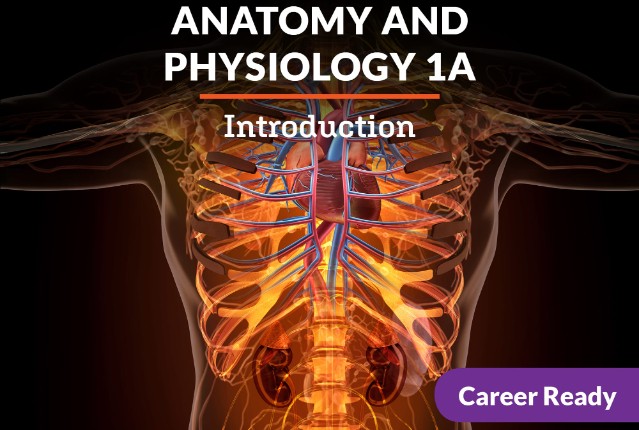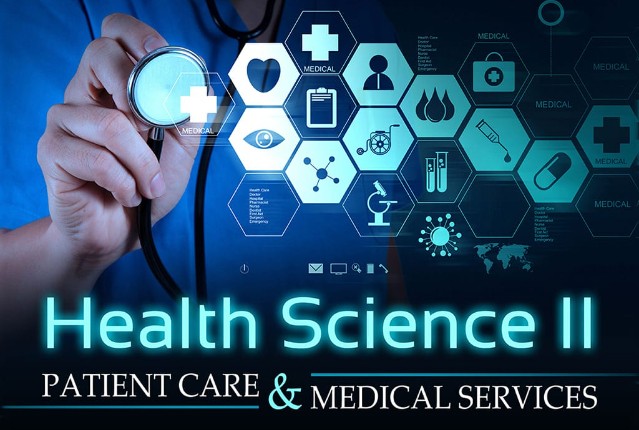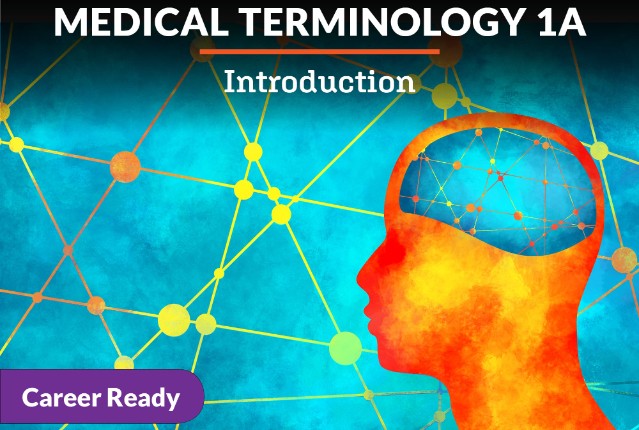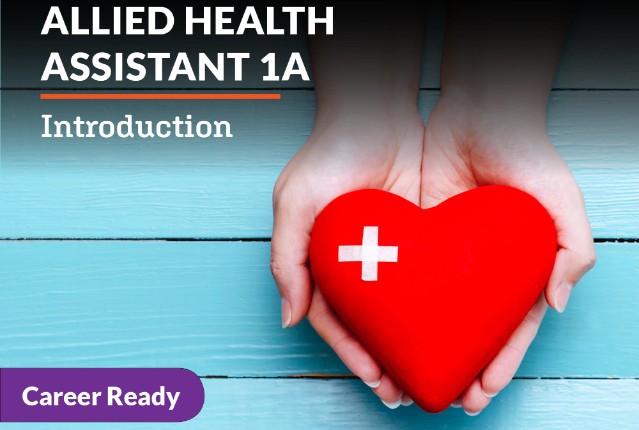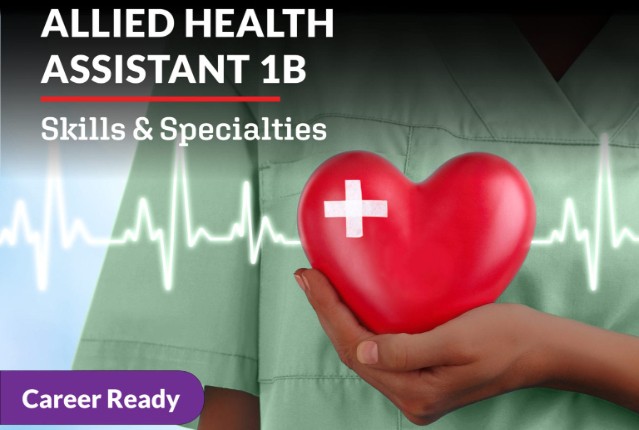
Allied Health Assistant 1b: Skills and Specialties
Allied health encompasses a broad range of different health care professionals who provide a range of skills in the fields of dentistry, pharmaceutical, medicine, nursing, nutrition, rehabilitation, and more. This course is the second course of the Allied Health concentrator sequence and gives you the needed skills to pursue any of these careers in allied health.
Review course outlineAccess for a year
USD 299.00*
* Choose more courses to get a discount
